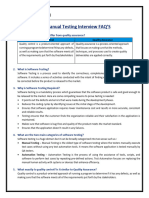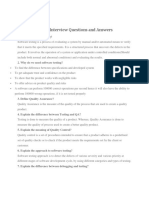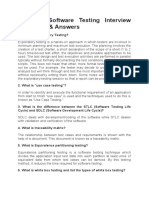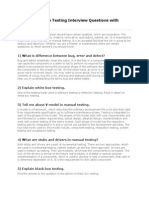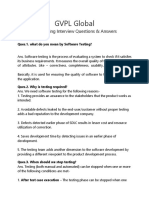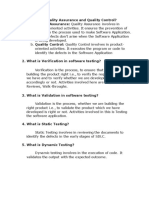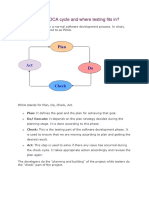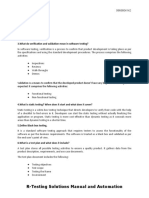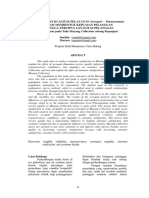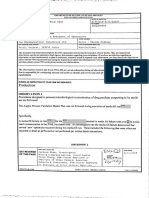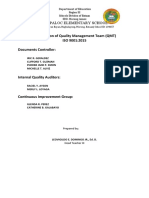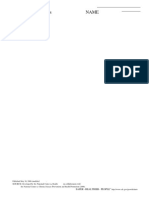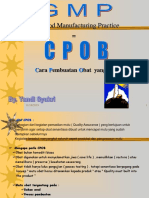0% found this document useful (0 votes)
7 views14 pagesManual Testing Interview Questions
Uploaded by
atulmisal97Copyright
© © All Rights Reserved
We take content rights seriously. If you suspect this is your content, claim it here.
Available Formats
Download as PPTX, PDF, TXT or read online on Scribd
0% found this document useful (0 votes)
7 views14 pagesManual Testing Interview Questions
Uploaded by
atulmisal97Copyright
© © All Rights Reserved
We take content rights seriously. If you suspect this is your content, claim it here.
Available Formats
Download as PPTX, PDF, TXT or read online on Scribd
/ 14

